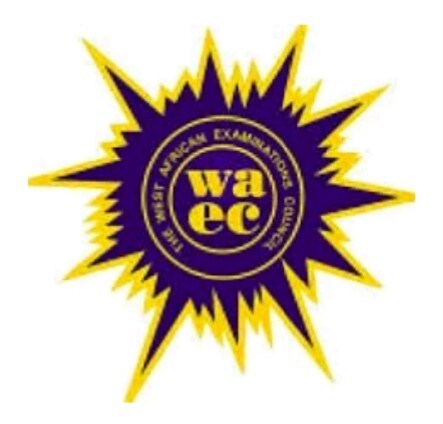Basketry is a captivating art form that combines creativity, design, and practicality.
It involves the skillful manipulation of materials like fibers, reeds, or grasses to create functional and aesthetically pleasing objects such as baskets, hats, mats, and more. Beyond its artistic appeal, basketry holds historical, social, cultural, and economic significance.
In this blog post, we will delve into the WAEC (West African Examinations Council) syllabus for Basketry, providing an overview of its aims, objectives, and the topics covered.
Aims and Objectives:
The Basketry syllabus aims to equip students with both theoretical knowledge and practical skills. The objectives of the examination syllabus include:
- Historical and Socio-Economic Understanding: Testing candidates’ knowledge and understanding of the historical developments and socio-economic importance of basketry.
- Creative Skills and Manipulative Abilities: Assessing candidates’ creative skills and manipulative abilities in designing and producing various forms of basketry that cater to societal and cultural needs.
- Traditional and Cultural Influences: Evaluating candidates’ proficiency in employing traditional and cultural elements to create diverse forms of basketry.
- Techniques and Finishing: Examining candidates’ skills in the making, decoration, and finishing of basketry articles.
- Small-Scale Industry Knowledge: Testing candidates’ knowledge of planning and establishing sustainable small-scale basketry industries.
- Appreciation and Evaluation: Assessing candidates’ ability to appreciate and evaluate basketry based on its artistic and functional qualities.
Scheme of Examination:
The Basketry examination consists of three papers: Papers 1, 2, and 3. Papers 1 and 2 are composite papers taken in a single sitting.
The time allocation for Paper 1 and 2 is 2 hours, with four questions to be answered, carrying a total of 60 marks. Paper 3 spans five days, with six hours of work each day and carries 80 marks.
Basketry Syllabus Overview:
The Basketry syllabus covers a broad range of topics, including:
- Meaning and Scope of Basketry: Exploring various techniques such as coiled work, woven articles, frame works, and macrame. Making different items like baskets, hats, mats, nets, and more.
- Characteristics of Materials and Tools: Understanding the properties of natural and synthetic materials. Learning about their preparation, care, and preservation methods. Gaining knowledge about the tools used in basketry and their specific purposes.
- Elements and Principles of Design: Identifying and utilizing the elements of design such as dot, line, shape, and creating them through appropriate techniques like knotting and weaving. Exploring color theory, including the Ghanaian color concept and symbolism. Understanding the principles of design, such as unity, balance, and proportion.
- History, Social, Cultural, and Economic Importance: Tracing the origins of basketry and its significance in social and cultural contexts. Examining its economic importance, particularly in agriculture and commerce. Recognizing the contributions of people and places to the art of basketry.
- Designing Articles to Suit Specific Needs: Developing skills in designing and creating articles that meet specific functional and aesthetic requirements using techniques like weaving, knitting, plaiting, coiling, stitching, and framing. Understanding the criteria for appreciating and evaluating basketry, considering factors like material, color, technique, and finishing.
- Sustainable Development of Basketry: Exploring strategies for sustainable sourcing of raw materials, such as reforestation and waste management. Addressing industry challenges like competition with plastic products and material acquisition. Encouraging solutions such as forming cooperatives to remain competitive.
- Decoration and Finishing: Understanding the concepts of decoration and finishing in basketry. Exploring techniques like weave variations, scorching, spraying, and incorporating complementary objects. Mastering processes such as wrapping, binding, tying, trimming, varnishing, and embroidering to achieve desired outcomes.
- Entrepreneurial Skills in Practice: Developing entrepreneurial skills in basketry by creating a portfolio, crafting a business plan, securing capital, conducting market surveys, and exploring different types of exhibitions and business promotion methods. Understanding the functions and types of packaging and learning about costing, pricing, and profit determination.
Conclusion
Basketry is an art form that goes beyond its functional aspects. It reflects the rich cultural heritage and economic significance of communities.
By studying the WAEC Basketry syllabus, students gain valuable skills, knowledge, and an appreciation for this unique craft.
Whether pursuing further studies or seeking self-employment opportunities, basketry offers a platform for creativity, entrepreneurship, and sustainable development.
So, pick up those weaving tools and let your imagination run wild as you embark on this enriching journey into the world of basketry!






